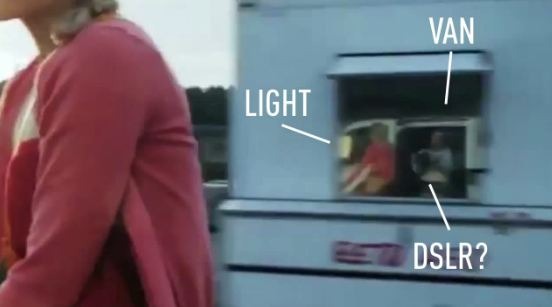Nokia's PureView ad may not be entirely honest
Earlier today, Nokia announced the Lumia 920, which comes complete with a reboot of PureView. During its press event, Nokia gave us a look at the new PureView's main feature: optical image stabilization. The idea behind OIS is that it stabilizes the video you're recording, giving you a more professional look instead of the amateur (and sometimes nauseating) shaky-cam effect.
To show off OIS, Nokia played a very impressive ad featuring a lovely couple as they enjoy an evening bike ride. That ad wowed attendees and those watching at home alike, but according to The Verge, it also may have been faked. In the ad, we're treated to side-by-side comparison reels of the video shot without OIS and the video shot with OIS. Obviously, the video shot without OIS doesn't look very good, whereas the video shot with OIS activated looks excellent. There isn't any shakiness, despite the fact that the person filming the scene is riding on a bike.
Or is he? Toward the end of the video, our blonde-haired subject passes by a parked trailer. When she does, we see the reflection of a white van keeping pace with the girl in one of the trailer's windows. When the video is paused at exactly that point, we can see what appears to be a cameraman recording the scene with something that definitely doesn't look like a Nokia Lumia 920, along with a lighting rig at the front of the van to make sure that the shot is perfect. Have a look at the screen capture below to see for yourself.

So, it seems that Nokia's ad may have been helped along by the work of a professional cameraman and crew. Keep in mind though that it's possible the cameraman was actually using a Lumia 920 in some kind of rig, which would make it appear to be a different type of camera. It's also important to remember that we've already seen optical image stabilization used in other devices, which should give us a good idea of how it functions with the Lumia 920. Still, this revelation does shed a little bit of doubt on the idea that Nokia's OIS implementation is amazing as it appears in the video. What's your take on the whole situation?
